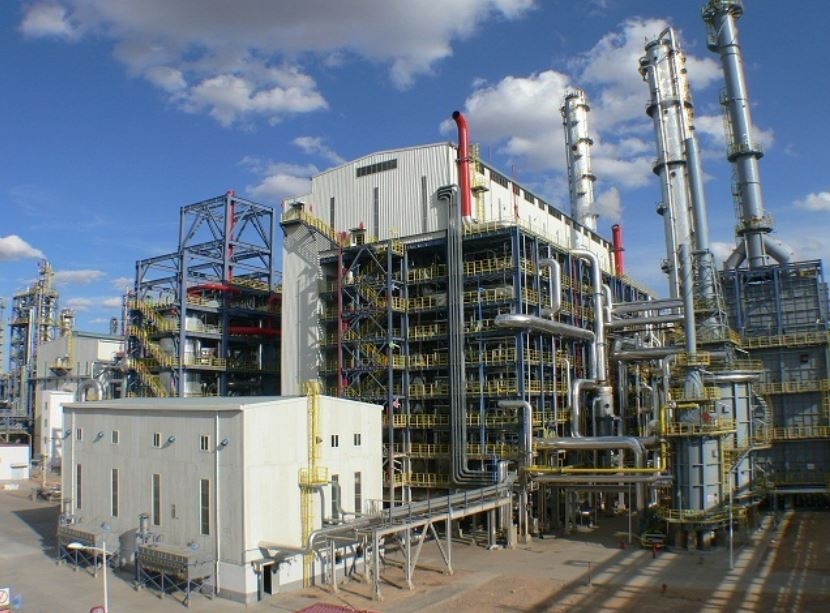Coal Miners in Indonesia faces another difficult year as price continue to be low for the near term. Global demand of coal has dropped about 7% to 945 million tons from year 2013 when the prices were at the peak. Major exporter coal player like Australia, Indonesia, and South Africa has tried to control the production in order to control weak prices. From 2011 to 2014 Indonesian Miners had increased production to anticipate increase import demand from China. Unfortunately, China’s Import of all grades of Coal fell 30% in 2015 to 201,4 million tons which caused by 5% decline in steel demand from China’s real estate sector.
Last year was the first time in two decades that Indonesia coal output has declined. In 2015 Indonesia Coal Production fell slightly to 452 millions ton resulting drop of 40 millions tons in the export market. The Coal Industry in Indonesia is looking for alternative use of its surplus coal supplies.
Coal-based Chemical Industry in China
Coal gasification to product chemical product has long been around in China. The gasification process to produce poly-vinyl chloride from the calcium carbide/acetylene process and benzene are common. The new coal gasification process technology produces methanol (and then olefins) that finally makes petrochemicals products. There have been investments for the last few years in China for this technology. Yuetang Sinopec and Shell Coal Gasification Co. Ltd. (Dongting) joint venture has been successfully supplying syngas and steam to Baling’s fertilized plant since 2006. The facility processes 2,000 ton per day of pulverized wide range of commercial coal and produces syngas for urea/fertilizer and caprolactam (nylon). The Wison Nanjing plant started commercial production in December 2014. Hulunbeier Jinxin (Yuntiahhua Group) will be starting up a Shell bottom-quench gasifier later this year in Inner Mongolia, processing Chinese lignite coal.
Demand for Petrochemical in Indonesia
Indonesia’s total domestic demand for ethylene, propylene and methanol is forecasted to double to more than 6 million tons per year by 2030 from current level. These products can be produced from coal gasification process. As reported by IHS Chemical Week Magazine, Indonesian companies are evaluating building another world scale steam cracker in Indonesia to produce olefins and polymers. One company even evaluating to relocate a shutdown naphtha cracker from Kaohsiung, Taiwan to Indonesia.
Coal-based Petrochemical Cost Competitiveness
IHS Chemical Weekly Magazine reported that a hypothetical coal to high density polyethylene (HDPE) plant with HDPE delivered into main Chinese port has a production cost advantage of $10 to $50 per ton compared to Asia naphtha crackers. Because Indonesia is net importer of these basic chemical products, it is compelling case to evaluate this concept further, especially for areas with surplus coal resource.
Availability of Coal Gasification Technology
There are three types of coal gasification technology currently used in China that is fixed-bed, fluidized-bed and entrained coal gasification processes. Fixed-bed are the earliest adopted technology that is common technology employed to produce methanol and ammonia. Most process equipment are now produced domestically in China. Due to low capital cost and easy operation & maintenance, this technology may continue to be deployed in some small sized projects. In the fluidized-bed process, fine-grained coal is fed continuously into the gasifies. The bed is formed by particles of ash, semi-coke and coal, and is maintained in the fluidized state via upward flow of gasification agent. This process has key advantage of the capability to process various feedstocks, including all grades of low rank coals with relatively high reactivity. This technology can directly process the raw coal powder with a small grain size which significantly reduces the cost for raw coal pretreatment. In the entrained-flow coal gasification process either a dry pulverized solid, an atomized liquid or a slurry is gasified with oxygen in a co-current flow. Most types of coal are suitable for this type of gasifier due to the high operating temperatures as well as efficient separation of the coal particles from one another. This technology is currently regarded as the most advanced mainly due to its higher efficiency and environmental benefits.
Indonesian coal is generally found in shallower mines of just several meters deep while in China can be over 1,000 meters underground, therefore Indonesia coal has higher moisture content: 30-60% versus 20-30% for China’s Coal and this impact its calories value. Higher moisture content requires additional pre-treatment steps and add overall processing cost. The “sweet-spot” for coal to chemicals processing in Indonesia appears to be the 4,000-5,000 kcal/kg GAR type which are found in large reserve in East/South Kalimantan and South Sumatra. The challenge to implement this initiative would be land utilization and transport infrastructure.
(Source: Larry Tan- IHS Chemical Weekly, June 20, 2016.)

